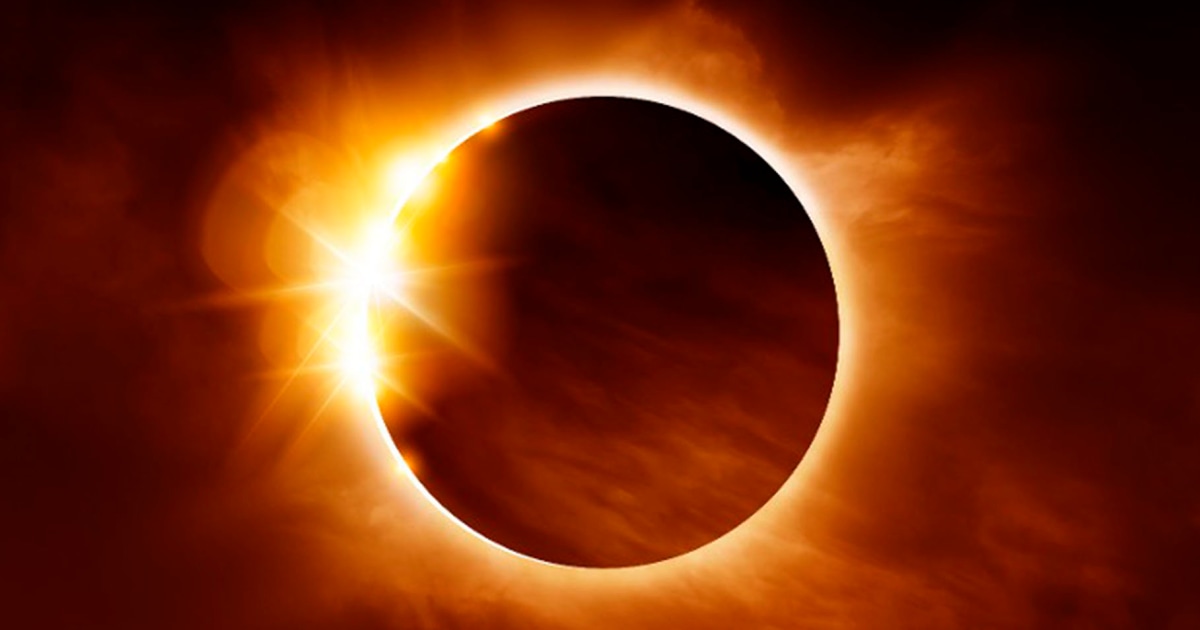A total solar eclipse turned Antarctica from summer to darkness early on Saturday, in a rare astronomical spectacle attended by a handful of scientists and thrill-seekers, and countless penguins.
Read alsoAntarctica: the Chinese extend their influence on the sea ice
"
The visibility was excellent,
" said Raul Cordero of the University of Santiago de Chile (USACH), who was on hand to attend the "
totality
" at 0746 GMT, with the "
ring of fire
"
phase
that lasted just over 40 seconds.
Solar eclipses occur when the moon passes between the sun and the Earth, casting its shadow on the Earth.
For it to be total, the Sun, Moon and Earth must be directly aligned.
Broadcast live by NASA, the eclipse began at 0700 GMT.
Felipe TRUEBA / Imagen Chile / AFP
All of it was only visible in Antarctica, much to the delight of a small group of scientists, experts and adventurers, who paid some 40,000 dollars (around 35,000 euros) for the privilege.
Broadcast live by NASA, the eclipse began at 0700 GMT, when the moon began to move in front of the sun, and ended at 08:06 GMT.
The Union Glacier camp, where it was observed, is located approximately 1000 km (600 miles) north of the South Pole.
Ricardo SOTO / Chilean Air Force / AFP
The Union Glacier camp, where it was observed, is located approximately 1000 km (600 miles) north of the South Pole.
Antarctica is immersed at this time of year in permanent light, which peaks on December 21, when the sun does not set.
According to NASA, a partial eclipse was also visible across parts of the southern hemisphere, including parts of Saint Helena, Namibia, Lesotho, South Africa, Chile, New Zealand and Australia.
The last total solar eclipse occurred in Antarctica on November 23, 2003, and the next is not expected until 2039. An annular solar eclipse - where the moon obscures everything but an outer ring of the sun - is expected to sweep across North America. North in October 2023, followed by a total eclipse in April 2024.


/cloudfront-eu-central-1.images.arcpublishing.com/prisa/NHAGPMQH45FWPHD273W2SBSACU.jpg)


